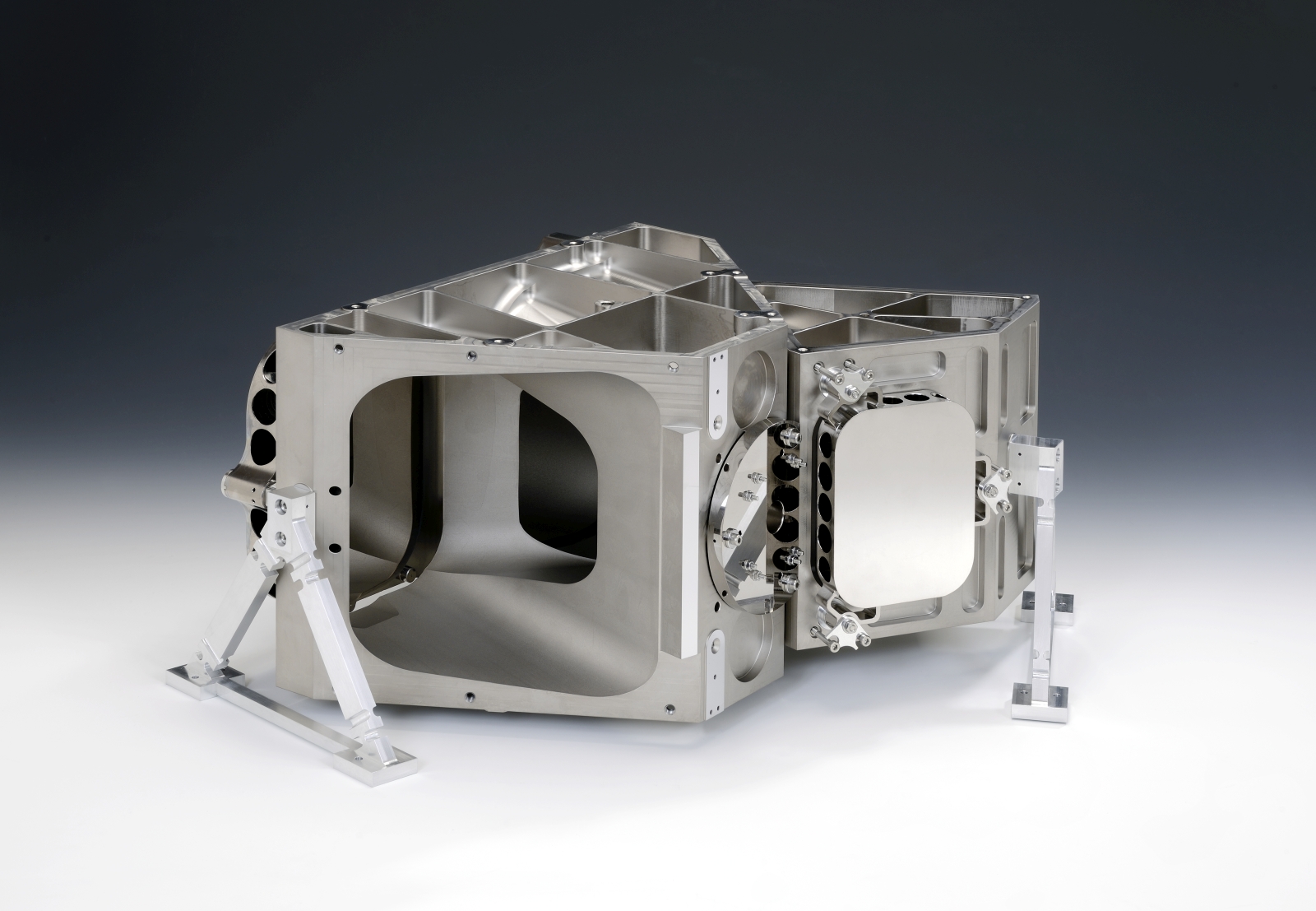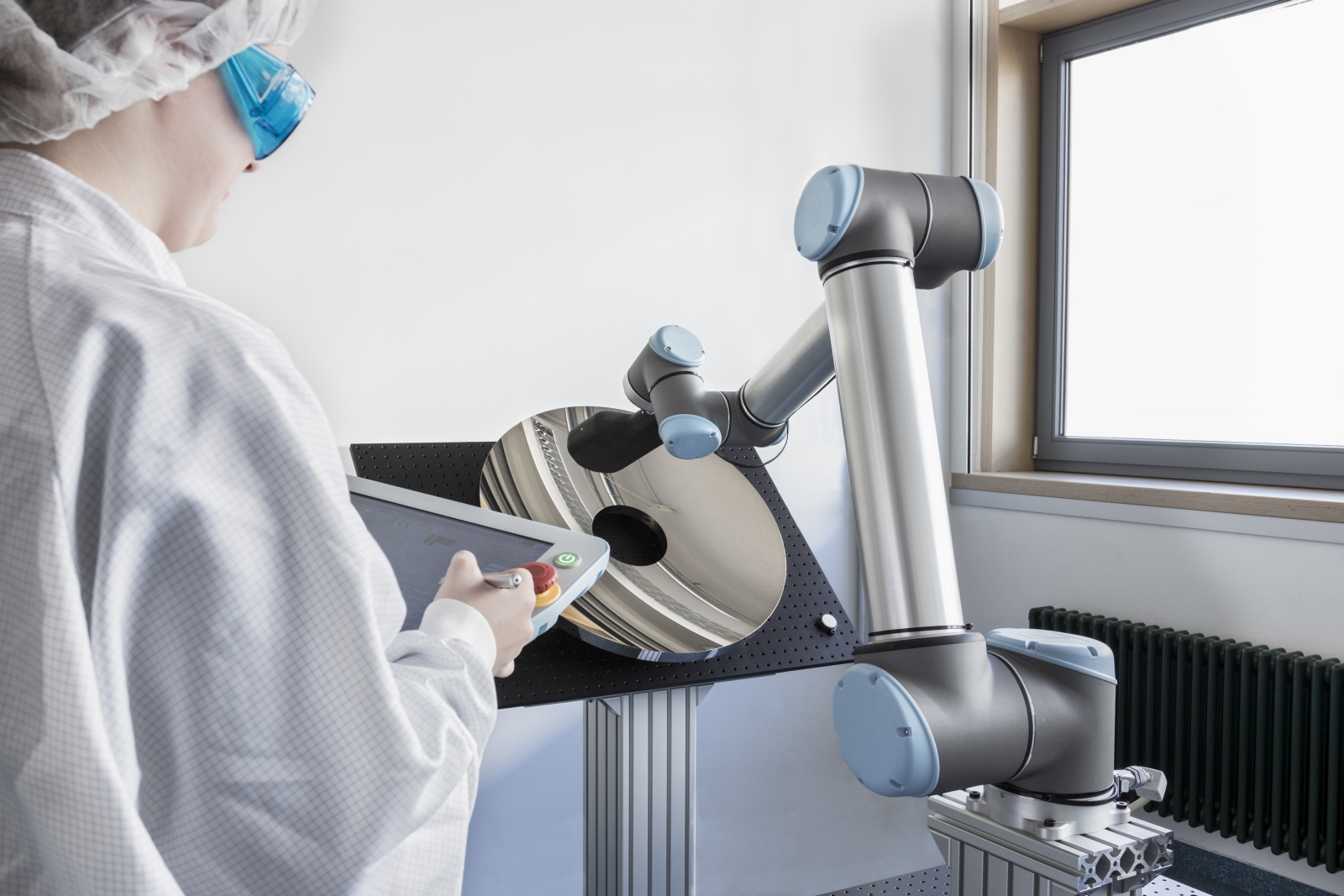Optatec 2018: Fraunhofer IOF presents latest research results for optical systems in Frankfurt
Demands on optical systems are becoming more and more complex. Next to applications in projection systems, they are requested for the air and space industry, criminalistics and medicine sector. Therefore Fraunhofer IOF has developed several new technologies: freeform and projection optics, robot-based sensors for scattered light measurement on large objects and additive manufacturing technologies for lightweight mirrors. They will be presented at international optics fair Optatec from 15th to 17th of May 2018 in Frankfurt.
Freeform optics serve to generate arbitrary light distributions. But though they realize optical functions that are not possible with conventional optical elements, freeform components have only been applied in optical systems shortly. Meanwhile, freeform optics are used wherever special functionalities or particularly compact designs are required, e. g. in the aerospace industry. In addition, the components must be ultralight here. Fraunhofer IOF uses the technology of "Additive Manufacturing“ for this purpose of production method.
Also freeforms find more and more use in micro-optical systems. For example, nanooptical freeform structures are produced by means of lithography, or "classic" microoptics are printed as freeforms. Optical freeforms are used, for example, in reflector telescopes or in projection systems. Both will be presented by the Fraunhofer IOF at Optatec 2018.
Robot-based scattered light measurement on large objects
Another development of the Fraunhofer IOF in the field of optical systems is a sensor for scattered light measurement. In order to optimally use the possibilities of compact scattered light sensors, they were combined with a collaborative and interactive robot. Together with newly developed software modules, this system enables the sensor to be guided over complex shaped surfaces with diameters of up to one meter. For example, these surfaces can be fully mapped in terms of their roughness.
The collaborative properties of the robot with the integrated protection mechanisms keep the security effort low and would even enable mobile use. At the same time, it is possible to manually align the sensor to selected sample positions and to register the results obtained in a surface map.
These and many other exhibits, such as antireflex structures and micro-optical components, will be on display at the Fraunhofer joint booth at the Optatec fair 2018 from 15th to 17th of May 2018 (Messe Frankfurt, hall 3, booth F 14).

